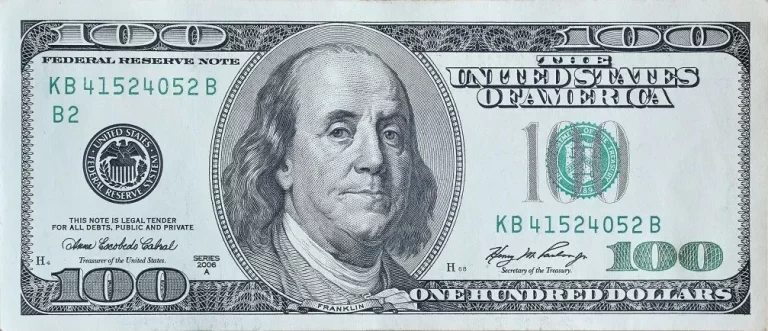Human experiments have a dark history, with many studies crossing ethical boundaries and causing immense suffering. The intensity of these human experiments leaves a lasting impact on our understanding of ethics in research. This blog explores ten infamous human experiments that showcase the darkest corners of scientific inquiry.
The Russian Sleep Experiment, The Monster Study, The Milgram Experiment, The Stanford Prison Experiment, The Little Albert Experiment, and more, each reveal a different side of human vulnerability and the consequences of unsupervised scientific curiosity.
1. The Russian Sleep Experiment (1947)
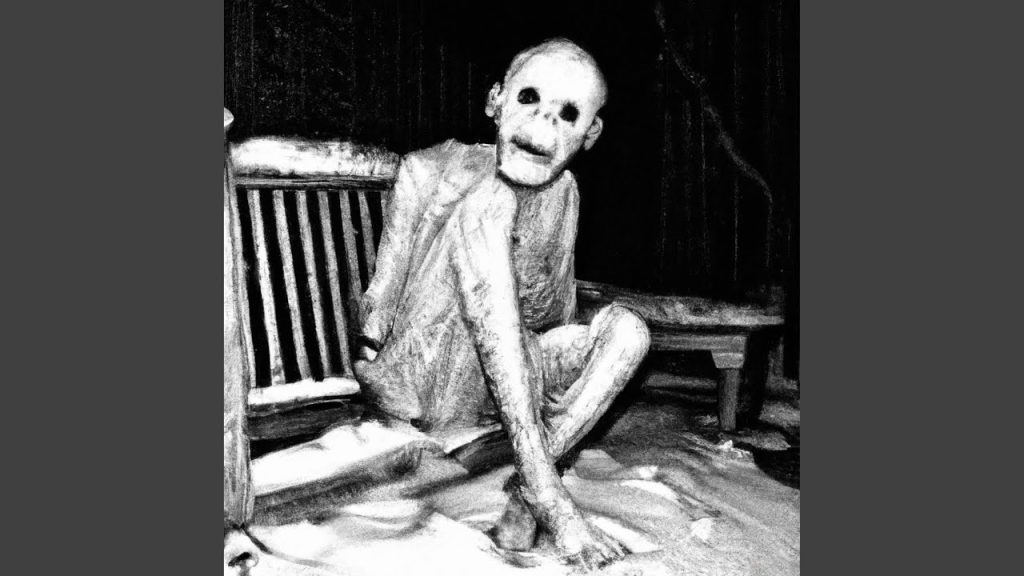
The Russian Sleep Experiment is shrouded in mystery and horror. Allegedly conducted during the Cold War, this experiment aimed to keep prisoners awake for 15 days using a stimulant gas. The subjects, five political prisoners, experienced extreme psychological and physical deterioration. They screamed for hours, tore their own flesh, and descended into madness. The experiment, often considered fictional, highlights and the terrifying potential of sleep deprivation and psychological torment.
2. The Monster Study (1939)

The Monster Study, led by Wendell Johnson at the University of Iowa, targeted vulnerable orphaned children. The study aimed to understand stuttering by giving positive or negative speech therapy. Children receiving negative feedback develop speech problems and long-term psychological damage. This experiment starkly illustrates the profound impact of psychological manipulation on young minds, raising serious ethical concerns about experimenting on children.
3. The Milgram Experiment (1961)

Stanley Milgram’s study at Yale University delved into obedience to authority. Participants believed they were administering electric shocks to a person in another room, increasing the shock’s intensity with each incorrect answer. Despite hearing screams of pain, many participants continued, obeying the researcher’s instructions. This experiment revealed the disturbing extent to which ordinary people could inflict harm under authority, shedding light on human nature and ethical boundaries.
4. The Stanford Prison Experiment (1971)
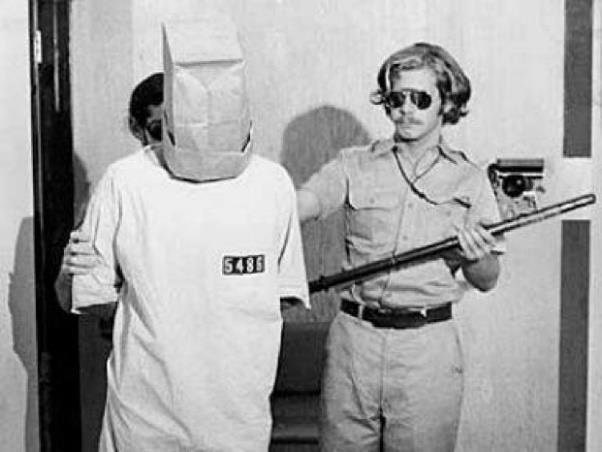
Philip Zimbardo’s experiment at Stanford University explored the psychological effects of perceived power. College students were randomly assigned roles of guards or prisoners in a simulated prison environment. The “guards” quickly became abusive, subjecting the “prisoners” to psychological torture. The study was terminated after only six days due to the extreme and harmful behavior exhibited. This experiment underscores the potential for cruelty inherent in power dynamics and the thin line between role-playing and reality.
5. The Little Albert Experiment (1920)
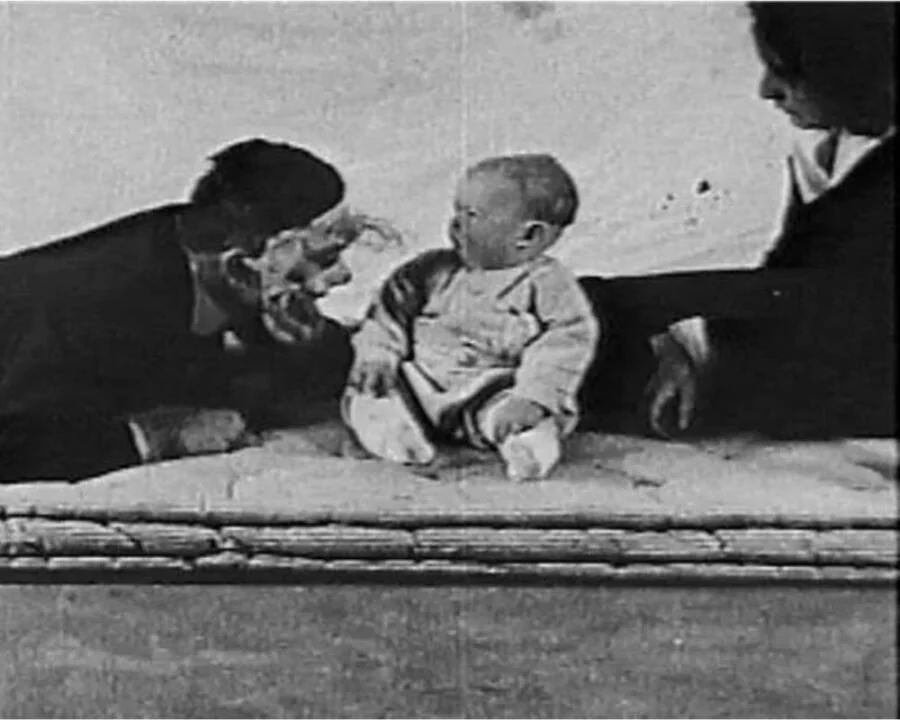
John B. Watson and Rosalie Rayner’s experiment on an infant known as “Little Albert” aimed to study conditioned emotional responses. They exposed the baby to a white rat and simultaneously made a loud noise, instilling a fear response. Over time, Little Albert’s fear generalized to other white, furry objects. This study demonstrated the power of conditioning but also raised significant ethical questions about causing intentional distress to a child.
6. The Aversion Project (1970s-1980s)

In South Africa, during the apartheid era, the military conducted the Aversion Project to “cure” homosexuality. Gay and lesbian soldiers were subjected to brutal treatments, including electroconvulsive therapy, chemical castration, and sex reassignment surgeries. This project aimed to alter sexual orientation through extreme measures, causing immense physical and psychological trauma to many individuals. It stands as a stark example of how prejudice and science can combine to inflict harm.
7. Unit 731 (1930s-1940s)
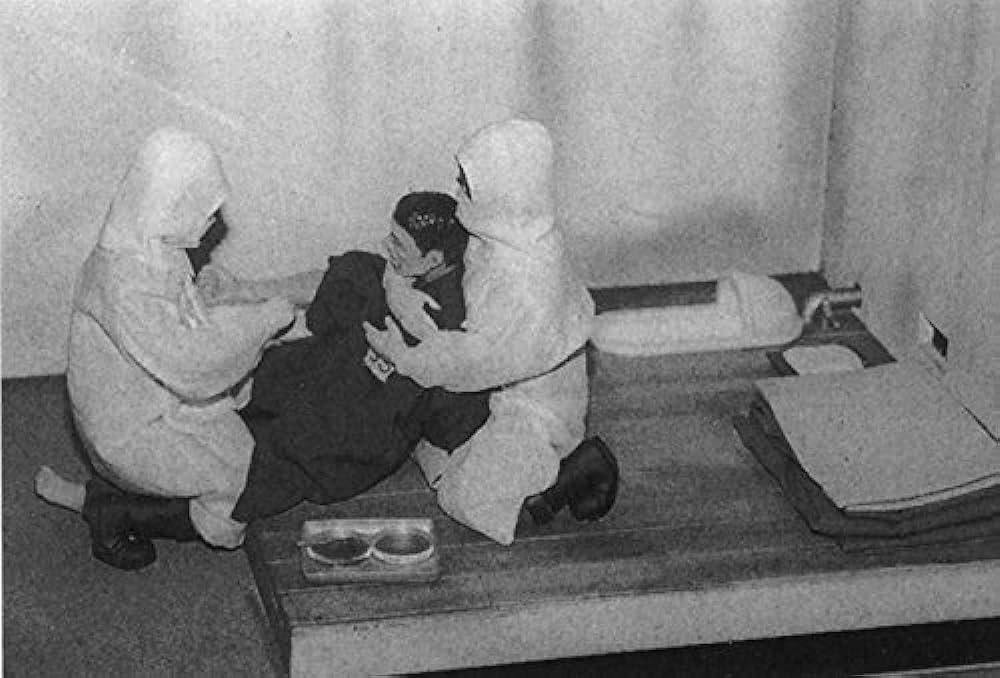
Unit 731 was a secret Japanese military unit that conducted horrifying biological and chemical warfare human experiments during World War II. Prisoners of war and civilians were subjected to vivisection without anesthesia, exposure to lethal pathogens, and other cruel procedures. The human experiments aimed to develop biological weapons and test human endurance under extreme conditions. The case of Unit 731 is a chilling reminder of the atrocities committed in the name of scientific advancement.
8. The Monster Mash Experiment (1954)

Curt Richter’s experiment at Johns Hopkins University explored the limits of survival under stress. Richter placed rats in water and observed how long they would swim before giving up and drowning. After rescuing the rats just before they gave up, he found that they swam much longer when placed back in the water. This experiment demonstrated the impact of hope and endurance but raised ethical questions about the treatment of animals in research. Although it was not a human experiment it raised concerns for the people and instilled them with a fear of exploitation.
9. Project MKUltra (1950s-1970s)
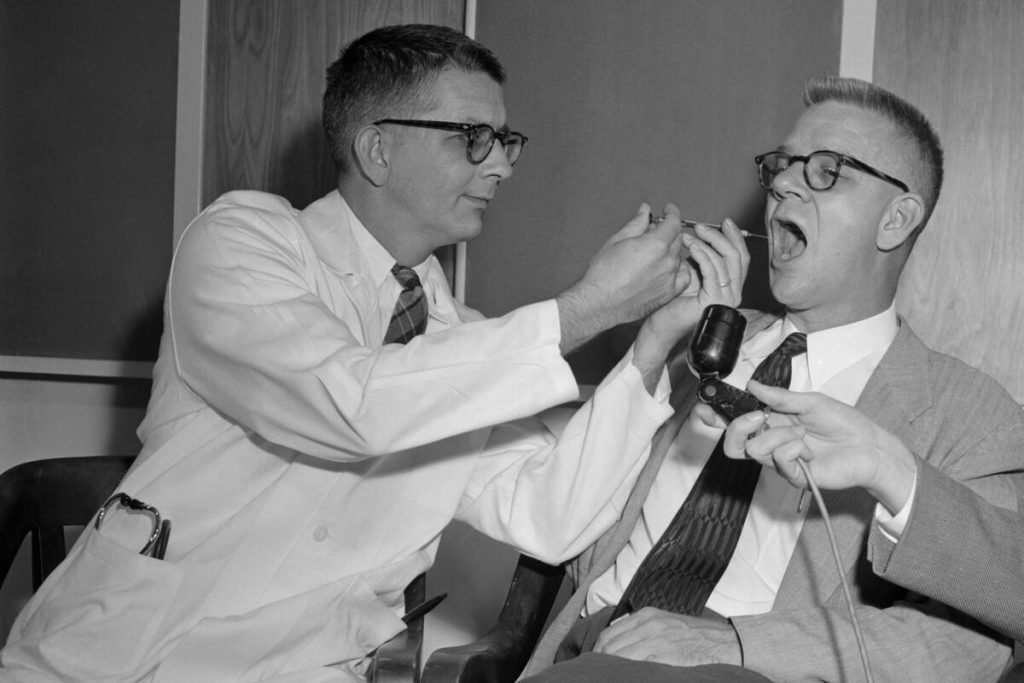
Project MKUltra was a covert CIA program designed to investigate mind control techniques and chemical interrogation methods. The project involved administering drugs like LSD to unwitting subjects, including CIA employees and ordinary citizens, often without their consent. The goal of this human experiment was to explore the potential for manipulating human behavior, leading to long-term psychological damage for many participants. MKUltra’s legacy underscores the dangers of conducting human experiments on vulnerable individuals without ethical oversight.
10. The Tuskegee Syphilis Study (1932-1972)

The Tuskegee Syphilis Study, conducted by the U.S. Public Health Service, involved 600 African American men, 399 with syphilis and 201 without. The men were deceived about their condition and denied treatment to observe the disease’s progression. Despite the availability of effective treatment, the subjects suffered unnecessary health problems and deaths. This study is a stark example of ethical misconduct in research and highlights the need for rigorous ethical standards.
These experiments, while often intended to advance scientific knowledge, resulted in significant harm to individuals. They serve as important lessons about the necessity of ethical standards in research. By examining these disturbing cases, we can better understand the critical need to protect human subjects and prevent future abuses in the name of human experiments. These dark chapters in research history remind us of the importance of maintaining ethical integrity in the pursuit of knowledge.



